Statue of Neptune in Florence, Italy.
Click on image for full size
Corel Corporation.
Neptune
Neptune was the name that ancient Romans gave to the Greek god of the sea and
earthquakes, Poseidon. He was the brother of
Jupiter (Zeus) and of
Pluto (Hades). After the defeat
of their father Saturn (Cronos), the three brothers divided the world in three parts
to be ruled by one of the three brothers. Jupiter took the sky, Neptune the sea and
Pluto the underworld. Neptune had the reputation for having a violent temper.
Tempests and earthquakes were a reflection of his furious rage. He was depicted as a
bearded men holding a trident and seated in a seashell drawn by sea-horses. One day
Neptune saw the water nymph Amphitrite dancing in the island of Naxos and fell in love
with her. He promptly asked her to marry him but unfortunately she refused. However,
not discouraged by Amphitrite refusal, Neptune sent one of his servant, a dolphin to
look for her. The dolphin found her, and pleaded Neptune's cause so persuasively that
she changed her mind. As a reward for finding and returning Amphitrite to him,
Neptune immortalized the dolphin by placing it in the heavens as the constellation
Dolphinus. Neptune and Amphitrite had several children. Among them was Triton whose
name was given in 1846 by William Lassell to the principal moon of the
planet Neptune.
You might also be interested in:

How did life evolve on Earth? The answer to this question can help us understand our past and prepare for our future. Although evolution provides credible and reliable answers, polls show that many people turn away from science, seeking other explanations with which they are more comfortable.
...more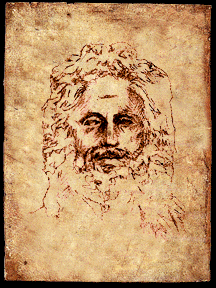
In Roman mythology, Jupiter was the king of heaven and Earth and of all the Olympian gods. He was also known as the god of justice. He was named king of the gods in the special meeting that followed his
...more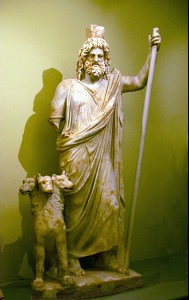
Following the defeat of the Titans by the Jovian gods, Pluto obtained the kingdom of the underworld. One day, while he was riding through the field of battle, the goddess Venus had her companion, Cupid,
...more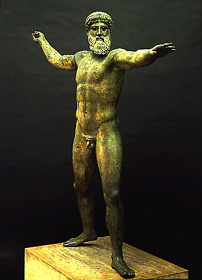
Poseidon was the Greek god of the sea and earthquakes. Poseidon was depicted as a bearded man with long hair, holding a trident and accompanied by dolphins and fish. He had the reputation for having a
...more
In Greek mythology, Zeus (Jupiter in Roman mythology) was the king of heaven and Earth and of all the Olympian gods. He was also known as the god of justice. He was named king of the gods in the special
...more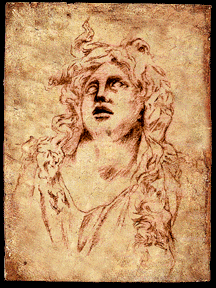
Gaea was the great deity of the early Greeks. She represented the Earth and was worshipped as the universal mother who had created the universe and borne both the first race of gods (the Titans) and the
...more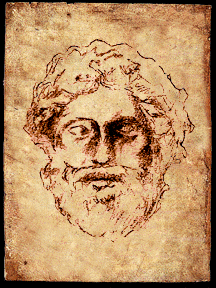
Following the defeat of the Titans by the Jovian gods, Hades obtained the kingdom of the underworld. One day, while he was riding through the field of battle, the goddess Aphrodite had her companion Eros
...more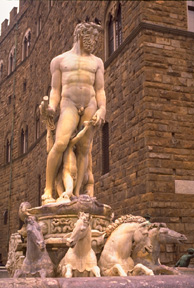
Neptune was the name that ancient Romans gave to the Greek god of the sea and earthquakes, Poseidon. He was the brother of Jupiter (Zeus) and of Pluto (Hades). After the defeat of their father Saturn (Cronos),
...more







